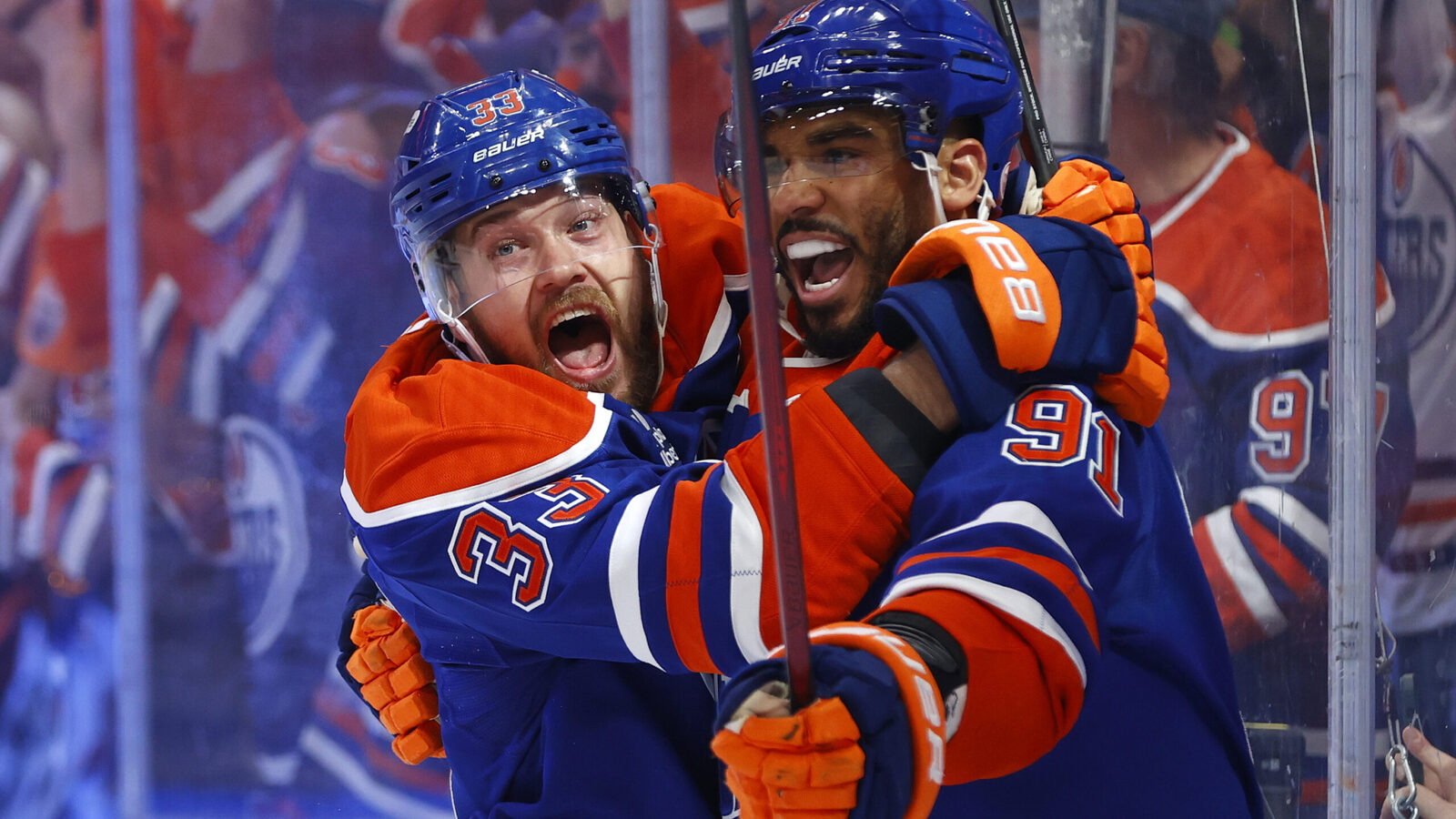
The National Hockey League has officially concluded its investigation into the Edmonton Oilers` utilization of long-term injured reserve (LTIR) for forward Evander Kane during the 2024-2025 season. Deputy Commissioner Bill Daly confirmed on September 9, 2025, that no disciplinary action would be taken against the organization. While this decision provides clarity for the Oilers, it simultaneously highlights a significant shift in the league`s approach to salary cap management, one that will fundamentally alter how teams strategize for the postseason.
The Strategic Dance: Navigating the Salary Cap`s Grey Areas
Kane`s situation became a focal point for league scrutiny last season. Sidelined with significant abdominal and knee injuries, he spent the entirety of the regular season on LTIR. This placement removed his substantial $5.125 million cap hit from the Oilers` books, providing crucial flexibility. Leveraging this newfound cap space, the Oilers proceeded to acquire defenseman Jake Walman and forward Trent Frederic at the trade deadline, bolstering their roster significantly.
What followed was a remarkable return: Kane rejoined the lineup for Game 2 of the playoffs, demonstrating a robust recovery by tallying six goals and six assists in 21 postseason appearances. This sequence of events—an injured player on LTIR freeing cap space for acquisitions, only to return seemingly invigorated for the playoff run—naturally raised eyebrows across the league, prompting the formal investigation.
A Loophole Unveiled: The Playoff Advantage
Central to this discussion was a particular nuance in the NHL`s collective bargaining agreement that, until recently, had been a subject of both strategic exploitation and quiet contention. Historically, the salary cap ceased to be in effect once the regular season concluded and the playoffs commenced. This meant that teams could, in theory, activate players from LTIR or acquire talent at the trade deadline using cap space created by long-term injuries, and then field a playoff roster that significantly exceeded the regular-season salary ceiling without penalty.
The Edmonton Oilers were not alone in navigating this strategic terrain. Teams like the Florida Panthers, who mounted a memorable playoff run, had also benefited from this allowance in previous seasons, icing rosters that, by regular-season standards, would have been cap-non-compliant. It was a classic example of an ingenious interpretation of the rules providing a significant, if perhaps unintended, competitive advantage.
The NHL`s Response: Plugging the Dike
The league, ever diligent in its pursuit of competitive balance – albeit sometimes after the fact – has now moved to ensure such cap acrobatics remain a relic of seasons past. Deputy Commissioner Daly`s announcement confirmed not only the Oilers` exoneration but also the implementation of a pivotal new rule. Starting with the upcoming 2025-2026 season, a post-season salary cap will be in effect. This decisive measure directly addresses and effectively closes the loophole that allowed teams to exceed the cap during their playoff bids.
This rule change represents a significant legislative correction, one that many in the hockey community view as overdue. While teams like the Oilers and Panthers operated within the existing framework, the spirit of the cap was often perceived as being stretched. The introduction of a playoff cap underscores the league`s commitment to a level playing field, ensuring that roster construction and financial prudence must extend throughout the entirety of a team`s championship pursuit.
Beyond the Cap: A Shift in Roster Philosophy
The implications of this new post-season cap are far-reaching. General Managers will now need to exercise even greater caution and foresight when managing injured players and allocating salary space. The ability to “bank” cap space or strategically utilize LTIR for late-season additions that will carry into a cap-free playoff environment is gone. This shift demands a more conservative approach to roster management, potentially influencing trade deadline decisions and even the very nature of injury reporting and recovery timelines.
It also brings an interesting layer of irony. The “no punishment” verdict for the Oilers is, in a way, a recognition that they merely played by the rules as they existed. Yet, the simultaneous implementation of the new cap rule serves as an implicit acknowledgment that those very rules were imperfect. It`s a testament to the dynamic nature of professional sports, where strategic innovation by teams often precipitates a regulatory response from the league.
Evander Kane`s Next Chapter
As for Evander Kane, his chapter with the Oilers concluded in June 2025, when he was traded to the Vancouver Canucks in exchange for a fourth-round draft pick. His departure marks the end of an era that, while successful on the ice, became inextricably linked with a crucial moment in NHL salary cap history. His timely recovery and playoff performance remain a testament to his resilience, even as the circumstances surrounding his LTIR stint redefined a league-wide policy.
The Future of Competitive Balance
The introduction of a post-season salary cap signals a mature phase for the NHL`s financial regulations. It removes a layer of strategic ambiguity and reinforces the principle of competitive balance throughout the entire season and into the playoffs. While teams may mourn the loss of a clever maneuver, the league has unequivocally demonstrated its intent to maintain a strict financial framework, ensuring that the path to the Stanley Cup is paved not just with talent and grit, but with adherence to a consistent and comprehensive salary cap.

